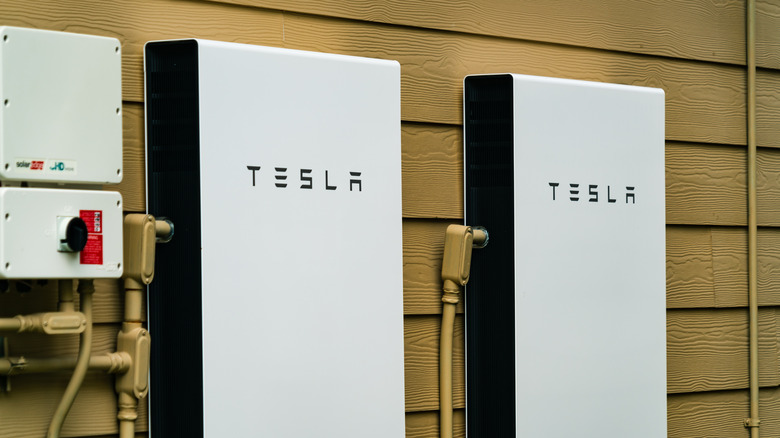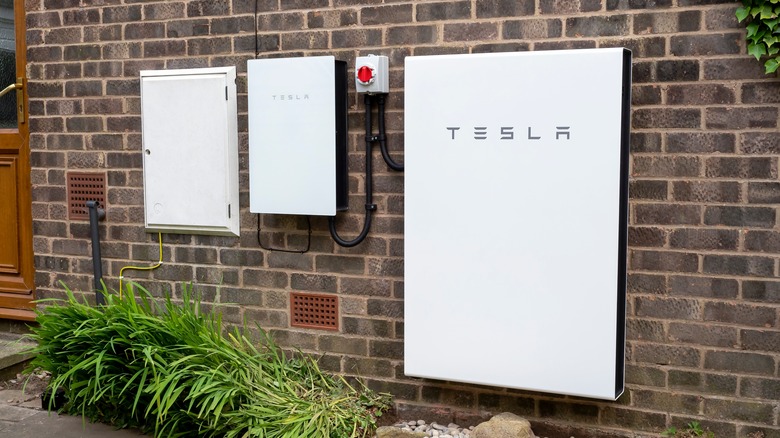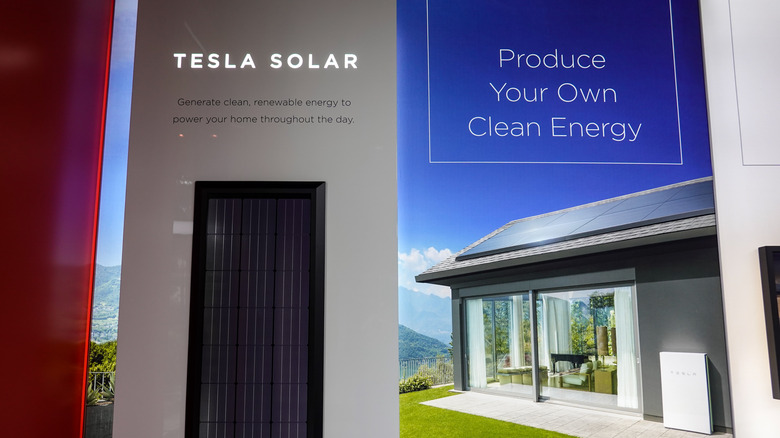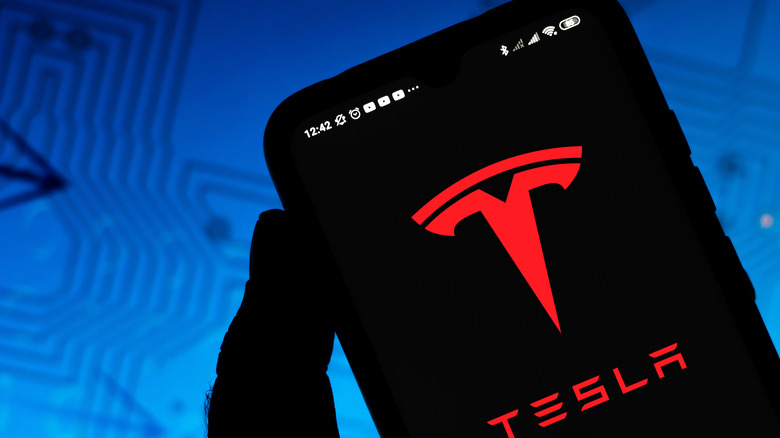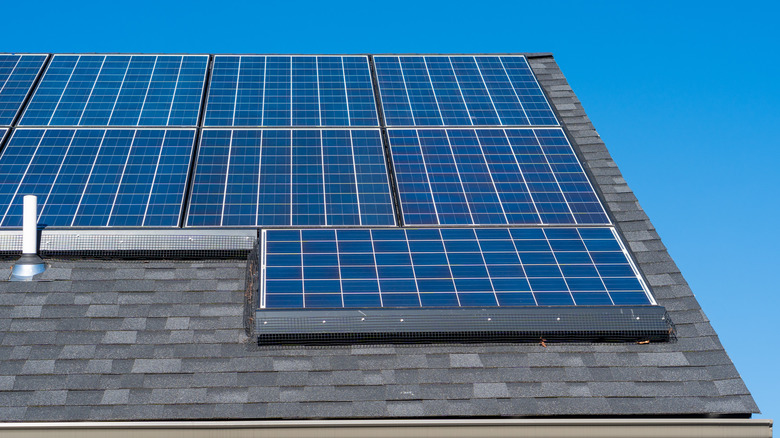Everything You Need To Know Before Buying A Tesla Powerwall
Power outages are a big problem, especially during emergencies caused by extreme weather conditions. Some of the useful items you could use to survive a power outage include generators, portable batteries, and solar panels. But what if you could have a backup battery that could power your home during an outage and you probably won't even notice? The Tesla Powerwall can do that. Alternatively, you could use Kohler and Sonnen to power your home during an outage.
However, the Tesla Powerwall is the most popular option with over 200k homes around the world using it as of last year — according to a tweet by Tesla. For a company that led the EV explosion of recent years, it's not a surprise that Tesla is using the same technology to power your home as it does with EVs. It's a game-changer, and if you're thinking about buying a Tesla Powerwall, you first need to know the nitty-gritty before you proceed.
It can reduce your electricity bill
When you buy a Tesla Powerwall, it's sold with solar panels or a solar roof. The solar panels are designed to harvest energy from the sun to charge the Tesla Powerwall batteries during the day. The stored energy is later used at night or in case of a power outage. If you live in a place with adequate sunlight throughout the year and you've installed enough solar panels, your home could be energy independent.
But even if you don't get a lot of sunlight, Tesla Powerwall can use load shifting to charge the battery from the grid during off-peak hours. When the rates of electricity hike during peak hours, the Tesla Powerwall battery will discharge to reduce your utility bill. Better yet, you can export surplus electricity harvested from your solar panels to the grid to earn credit points. Most states in the U.S. offer an incentive if you export renewable electricity to the grid.
It can power your home for a full day
A Tesla Powerwall includes a lithium-ion battery with 13.5 kWh storage capacity — a single unit is enough to power a 2-bedroom house with basic appliances for at least 24 hours. However, if you want to power your home for longer, you have the option to install up to 10 battery units. Tesla also sells Powerwall+, which can deliver up to 9.6 kW of continuous power and 22 kW of peak power off-grid — This is better than Powerwall 2, which delivers 5.8 kW continuous power and 10 kW peak power.
But the biggest difference between the two Powerwall models offered by Tesla is that Powerwall+ comes with an in-built system controller and a solar inverter. In other words, Powerwall+ is easier to install with fewer accessories. Nevertheless, whichever Tesla Powerwall model you choose, the unit is compact enough to be mounted on your garage wall or floor. Tesla says you can even install it outside and it won't be affected by water or dust (via Tesla).
It can be monitored and controlled via the Tesla app
The Tesla Powerwall can be monitored and remotely controlled through the Tesla app. More succinctly, the Tesla app will tell you exactly how much power is stored in the Powerwall and whether it's coming from solar or the grid. Besides that, you can also monitor your electricity consumption at home and determine how much money you've saved.
But one of the most impressive features of the Tesla app is the "Storm Watch" setting that charges your Tesla Powerwall to full capacity before any weather event that could cause a power outage. You can also set up a minimum reserve percentage for your Tesla Powerwall battery so you can always have backup power if the grid goes offline.
According to the manual specifications, the operating temperature of the Tesla Powerwall is between -4 degrees F and 122 degrees F. However, it's designed with a thermal management system with liquid cooling to regulate its temperature when exposed to harsh weather conditions. For instance, the Powerwall will automatically pre-heat itself to optimum operating temperature during winter.
The Tesla Powerwall is expensive
A single unit of a Tesla Powerwall will cost you about $11,050 without installation equipment (per Save on Energy). If you add the installation equipment, it could cost you an extra $1,700. The Powerwall can only be purchased through Tesla's website — After you've bought it, Tesla can dispatch a specialist to install it for you (via Tesla).
However, Tesla doesn't sell the Powerwall without the additional purchase of solar panels or a solar roof. If you buy the smallest 4.8 kW solar panel, you could be spending over $20,000. The solar roof is even more expensive and you could spend as much as $33,950 to produce 10 kW of power.
On the bright side, you can reduce how much you spend by taking advantage of the federal solar tax credit. Tesla also offers a 10-year warranty for the whole Powerwall system and a 25-year performance warranty that covers the solar panel or solar roof.
